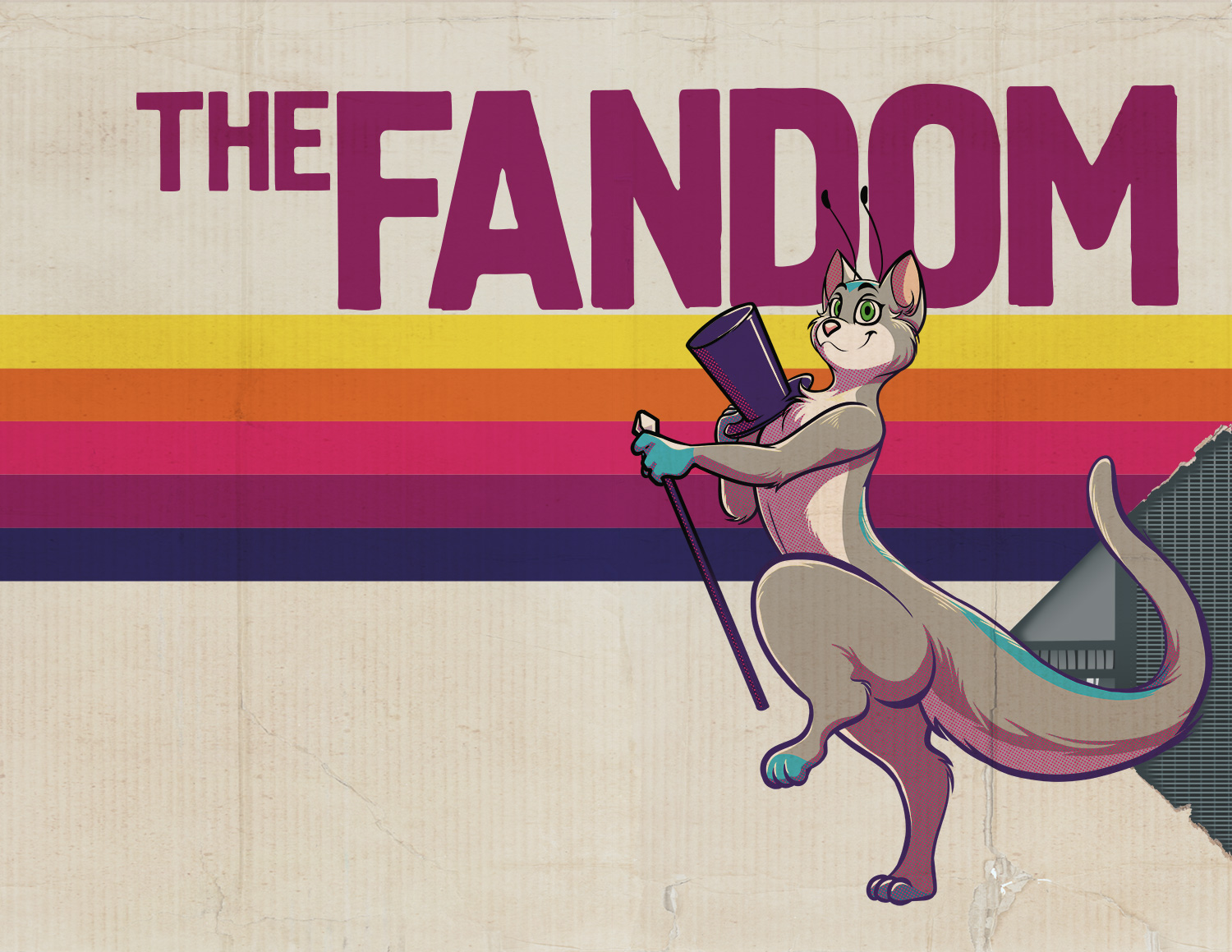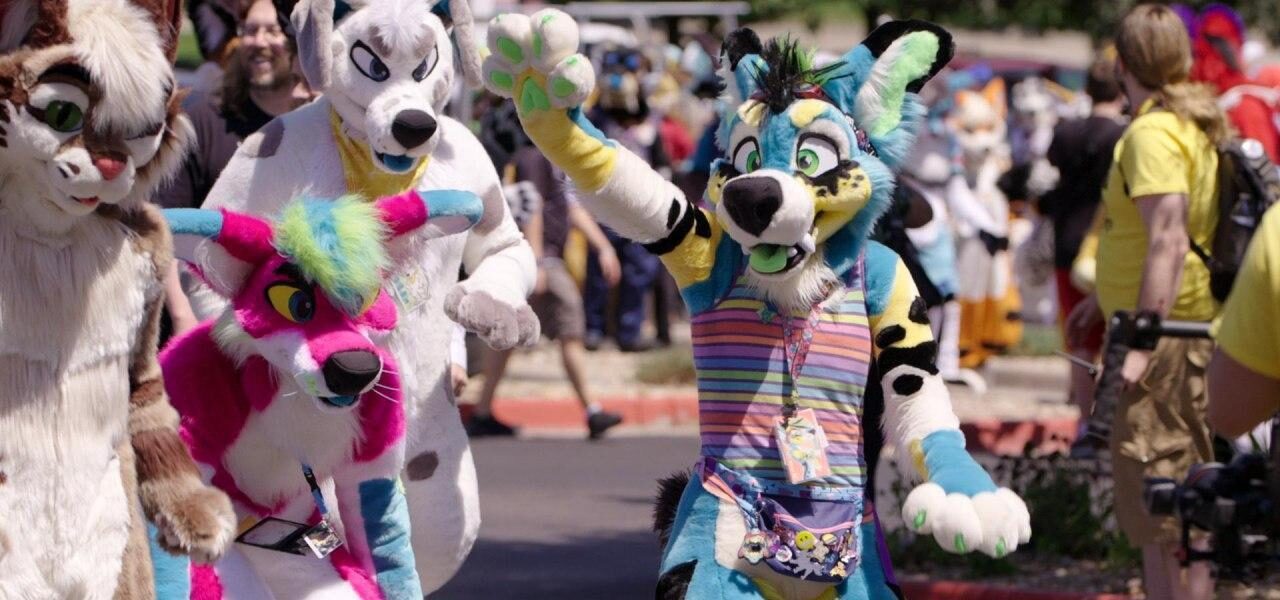
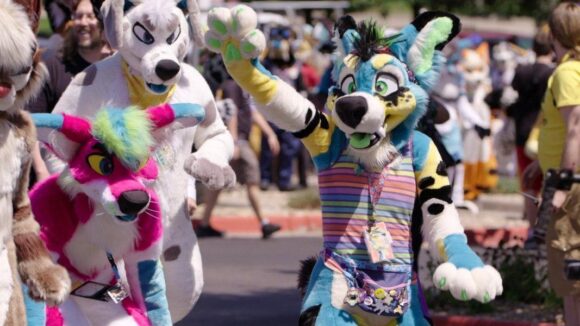
‘The Fandom’ Review: Documentary Takes Viewers Into The Misunderstood World Of Furry Fandom
In normal times, thousands of people in elaborate animal costumes would be parading through the streets of Pittsburgh this weekend, celebrating their shared love for anthropomorphic fauna. But we’re in a pandemic, and Anthrocon, one of the largest conventions in the furry community, is cancelled.
Here’s a consolation: today sees the online launch of The Fandom, a partly crowdfunded documentary tracking the evolution of the furry subculture. The film sets out to adjust the media narrative about the community, which has often magnified its sexual elements (orgies at conventions, etc) while skating over the social and artistic value it brings its members. (Sure enough, Cartoon Brew’s last coverage of furrydom focused on a pornographic offshoot.)
The feature-length documentary premieres this evening on Youtube:
Directed by Ash Kreis and co-directed by Eric Risher — both longstanding furries — The Fandom boasts great access, weaving a history of the community out of interviews with leading members and footage of events, from the trailblazing gatherings in the late 1970s to quasi-mainstream conventions like Anthrocon. In the process, we learn about the subculture’s close ties with animation and comics, two vast reservoirs of anthropomorphic animal characters.
We hear from Mark Merlino, whose pioneering anime fan club in 1970s California was a seedbed of furry fandom, and from Samuel Conway, whose charisma and organizational skills raised the subculture’s profile. We see the weasels with antennae that sparked a kinship between proto-furries, and Robert Hill’s famous Bambioid, a humanoid alien deer costume that helped spur the widespread adoption of roleplaying “fursuits.”
We meet the creators of these suits — one woman estimates that she has made over 600 — and the concept artists who design them. For many, the creative expression isn’t just fulfilling in itself: it’s a way to commit to a community and counter feelings of marginalization in wider society. An onscreen caption informs us that some 80% of furries are LGBT+ (as is the film’s entire crew). As one fan puts it, the community “gravitates around using art as the vehicle to explore identity.”
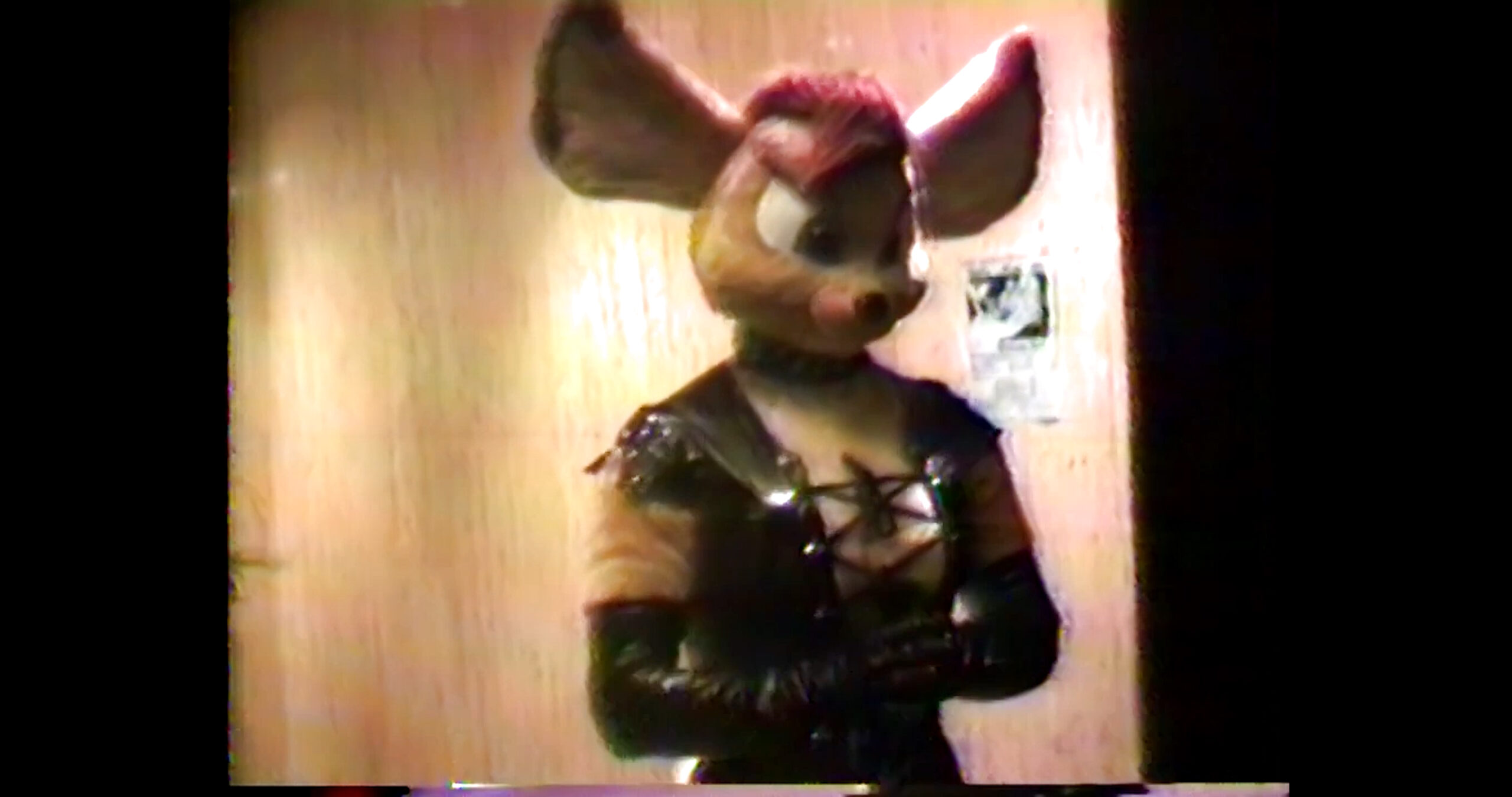
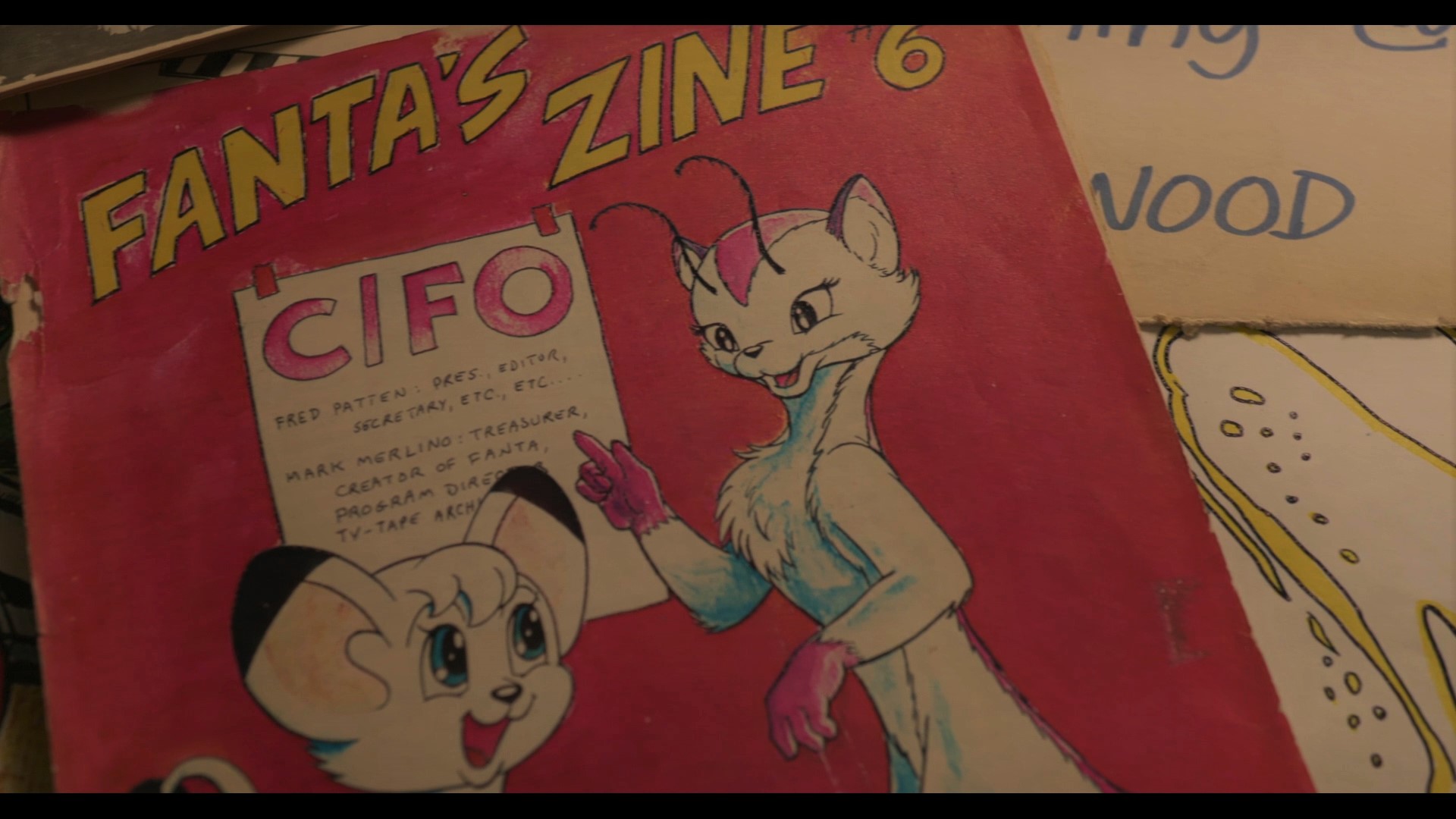
Pressed on the community’s sexual dimension, no interviewee denies it. “Of course furry is full of sexuality,” says veteran furry Rod O’Riley, “because furry is full of human beings, who are alive and thinking and feeling.” The problem, in their view, is society’s obsession over this aspect. This may reflect a general prurient interest in sex and kink, but the film argues that homophobia is also a factor. As it points out, the furry boom coincided with the AIDS crisis, when prejudice was rampant; but the moral anxiety over the subculture has never really gone away.
The film circles around this point, the talking heads defending their passion with varying degrees of exasperation. One furry laments that outsiders who see gay people dressing up as animals assume a perverted fetish involving children is at play. Another recalls receiving an ultimatum from his bosses at Disney, who “[told] me that I had to leave [the fandom] in order to focus on my career, or else I wouldn’t have a career in animation.” He chose his career.
Dissent has come from within, too. The film touches on the Burned Furs, a short-lived splinter group of furries who revolted against what they saw as the rise of sexual deviance in the community. It also mentions more recent associations with the alt-right and Donald Trump. These subgroups are painted as aberrations, disconnected from authentic furry values. The ways in which they tried to ascribe new meanings to furry culture are left unexplored; nobody from these groups is interviewed.
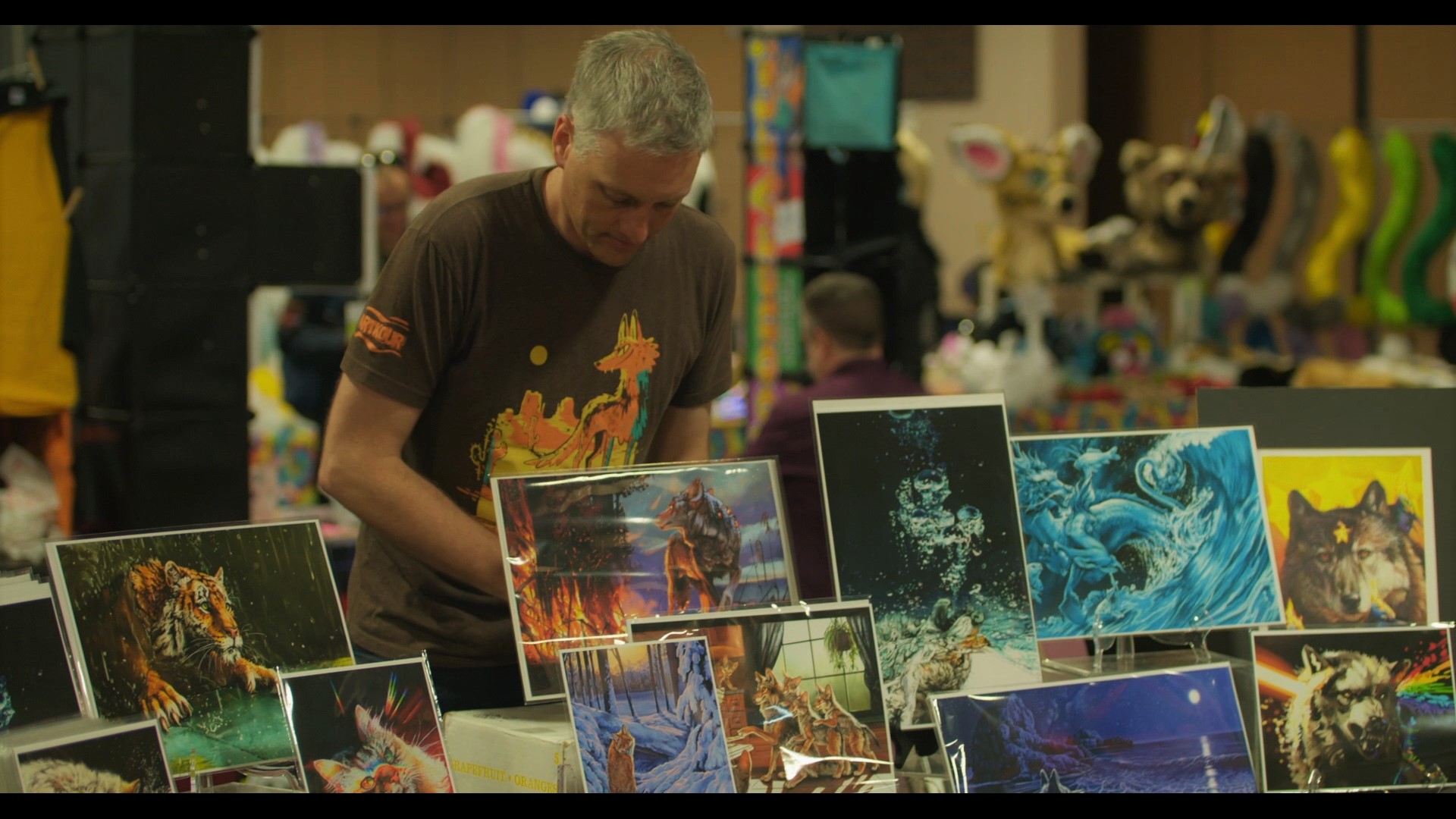
Nor is the film too interested in delving into the broader cultural context. There is little on fandom’s intersection with similar subcultures, like anime cosplay, or on the precedent for such close identification with animals. A cursory introduction points out that we’ve been antropomorphizing them “for centuries,” and leaves it at that. There’s scope here for another film — or a thesis.
The Fandom knows what it wants to say, and says it well. The community it shows prides itself on tolerance. The film is an inclusive gesture in itself, openly addressing an audience of outsiders who think badly of furries, or don’t think about them at all. It does this with humor and warmth. Anthrocon may be cancelled, but if this documentary succeeds in its objective, next year’s event will be that much bigger.
“The Fandom” will premiere today on Ash Kreis’s Youtube channel. It is also available on Amazon Prime, Blu-ray, and digital download. To buy the film, go to the film’s website.
Crew: Executive producers: David Price and Debbie “Zombie Squirrel” Summers. Associate producers: Stephanie Reed & Kyle Summers. Producer: Philip “Chip” Kreis. Directors: Ash Kreis and Eric Risher. Cinematographer: Ash Kreis. Editor: Eric Risher. Original score: Iain “Fox Amoore” Armour and Jared “Pepper Coyote” Clark.
